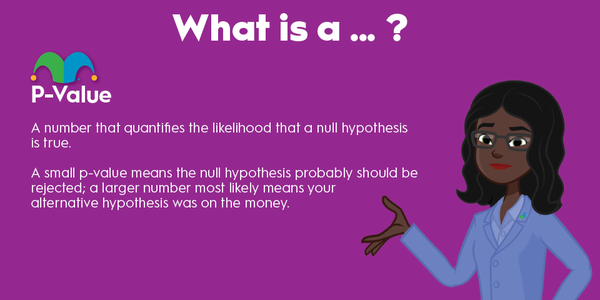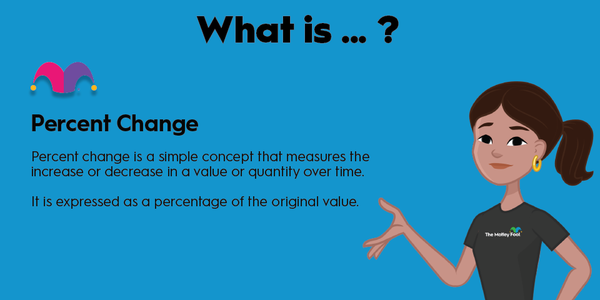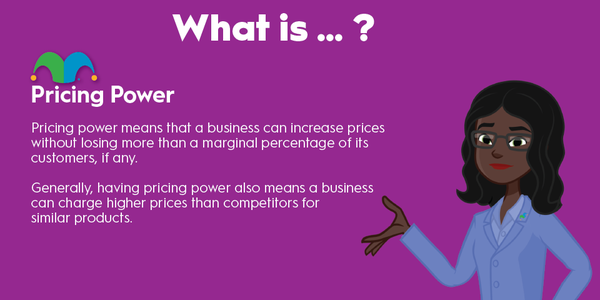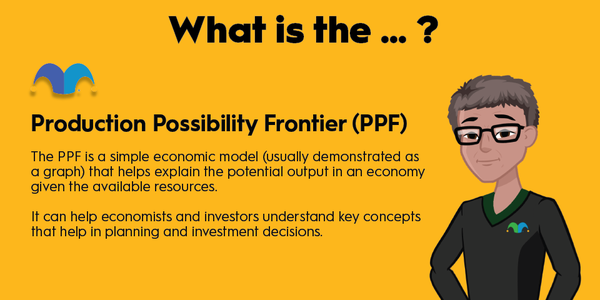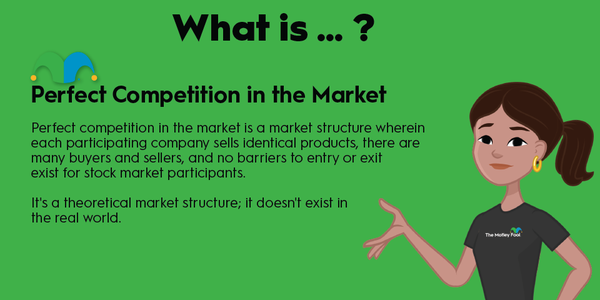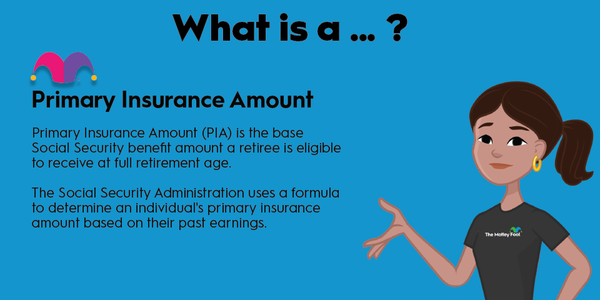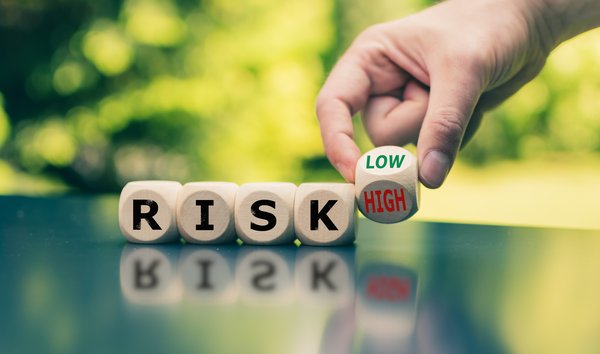Every share available for purchase in the stock market is issued by a publicly traded company. A company generally becomes publicly traded by making an initial public offering (IPO) of shares in the company, which helps it raise capital. The IPO process gives both investors and the company a powerful way to create wealth.
How does a company go public?
How does a company go public?
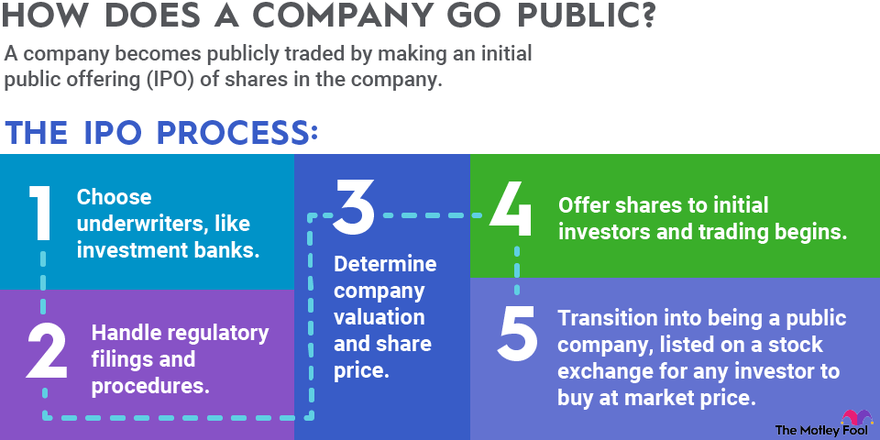
The stock market has proven over its history to be one of the greatest vehicles of wealth generation ever. The U.S. stock market's market capitalization -- the total value of all of the shares issued by publicly traded U.S. companies -- is now roughly $50 trillion.
It's important for investors to understand the distinction between public and private companies, as well as the requirements publicly traded companies must comply with.
What is a public company?
What is a public company?
A public company is one that issues shares that are publicly traded, meaning the shares are available for anyone to buy and sell on the open market, usually very easily. Note that publicly traded companies are not publicly owned -- they are not owned or controlled by any government. Public ownership of companies, while rare in the U.S., is common elsewhere. Well-known international companies that are publicly owned include Petrobras (PBR 2.75%), the Brazilian state oil company, and the Industrial and Commercial Bank of China (IDCBY -1.04%), which is controlled by the Chinese government.
U.S. public companies are required by the Securities and Exchange Commission (SEC) to comply with specific reporting requirements. Companies must submit financial statements both quarterly and annually, and additional documentation is required in the event of material changes to the business. A public company must have a board of directors to oversee the company's management team, approve compensation packages, and ensure compliance with applicable accounting standards. Company insiders -- generally board members, executives, and directors -- must publicly disclose all purchases and sales of the stock of the company.
One reason companies go public is because doing so creates an opportunity for insiders to sell their equity holdings. A company's initial public offering of shares effectively converts the private equity holdings of business insiders and investors into publicly traded shares, which those insiders and investors can choose to sell on the open market. Companies can also become publicly traded by being acquired by, or merging with, a special purpose acquisition company (SPAC), which is a shell business structure established for the specific purpose of taking a promising company public. But whether the going-public process occurs by IPO or SPAC, the outcome is the same. The company goes from being privately held to publicly traded.
Regulation Fair Disclosure
Largest publicly traded companies
Largest publicly traded companies
The chart below shows the 10 largest publicly traded companies in the U.S.
| Company | Ticker | Sector | Market cap |
|---|---|---|---|
| Apple | NASDAQ:AAPL | Technology | $2.81 trillion |
| Microsoft | NASDAQ:MSFT | Technology | $2.44 trillion |
| Alphabet | NASDAQ:GOOG, NASDAQ:GOOGL | Technology | $1.68 trillion |
| Amazon | NASDAQ:AMZN | Technology | $1.39 trillion |
| Berkshire Hathaway | NYSE:BRK.A, NYSE:BRK.B | Various | $778.49 billion |
| NVIDIA | NASDAQ:NVDA | Technology | $1.19 trillion |
| Meta Platforms | NASDAQ:META | Technology | $764.44 billion |
| Tesla | NASDAQ:TSLA | Industrials | $737.57 billion |
| Visa | NYSE:V | Financial Services | $505.36 billion |
| Exxon Mobil | NYSE:XOM | Energy | $429.62 billion |
Technology companies dominate today's public markets, as the chart above makes clear. Six of the most valuable U.S. companies today are tech companies, and many consider Tesla (TSLA -1.15%), a maker of electric vehicles, to be a tech company as well.
The internet has become the most important force in modern business and has created winner-take-most businesses across much of the tech industry. Apple (AAPL -0.2%) is the dominant maker of devices such as smartphones and tablets, while Microsoft (MSFT 2.33%) maintains a market-leading position in enterprise software. Amazon (AMZN 3.29%) is the clear leader in e-commerce and cloud computing, and Alphabet (GOOG 9.32%)(GOOGL 9.56%) and Facebook (META 0.04%) are the titans of digital advertising. NVIDIA (NVDA 6.09%) has established itself as the leading maker of graphics processing units (GPUs), which are used in everything from artificial intelligence to self-driving cars to gaming. All of these companies still have considerable growth opportunities in front of them, especially for enterprises of such large sizes, and most of them generate attractive profit margins, which are emblematic of the strong competitive advantages they enjoy.
Related investing topics
Berkshire Hathaway (BRK.A -0.45%)(BRK.B -0.43%), best known as the company that Warren Buffett built, is a conglomerate that owns businesses as varied as the insurance provider GEICO and the Burlington Northern Santa Fe railroad, as well as a diverse range of publicly traded stocks, including those of Apple (AAPL -0.2%), Bank of America (BAC 0.11%), and Coca-Cola (KO 0.03%).
Visa (V -0.28%) is a major component in the financial services industry, and the largest credit card issuer. The company dominates the industry along with Mastercard (MA -0.04%), allowing it to generate high margins. Those two companies have continued to grow, despite facing competition from rising digital payments companies. Finally, Exxon Mobil (XOM -2.39%) remains a force in the energy sector, and is able to generate bumper profits when oil prices are high as they have been for over a year now, despite investor attention on green energy.
The companies listed in the chart have a combined market capitalization of around $10 trillion. That total valuation would likely be much lower if these companies were not publicly traded since becoming a public company is one of the best ways for companies to obtain capital and for investors to build long-term wealth. Being publicly listed also allows a company to be properly valued by the market.





